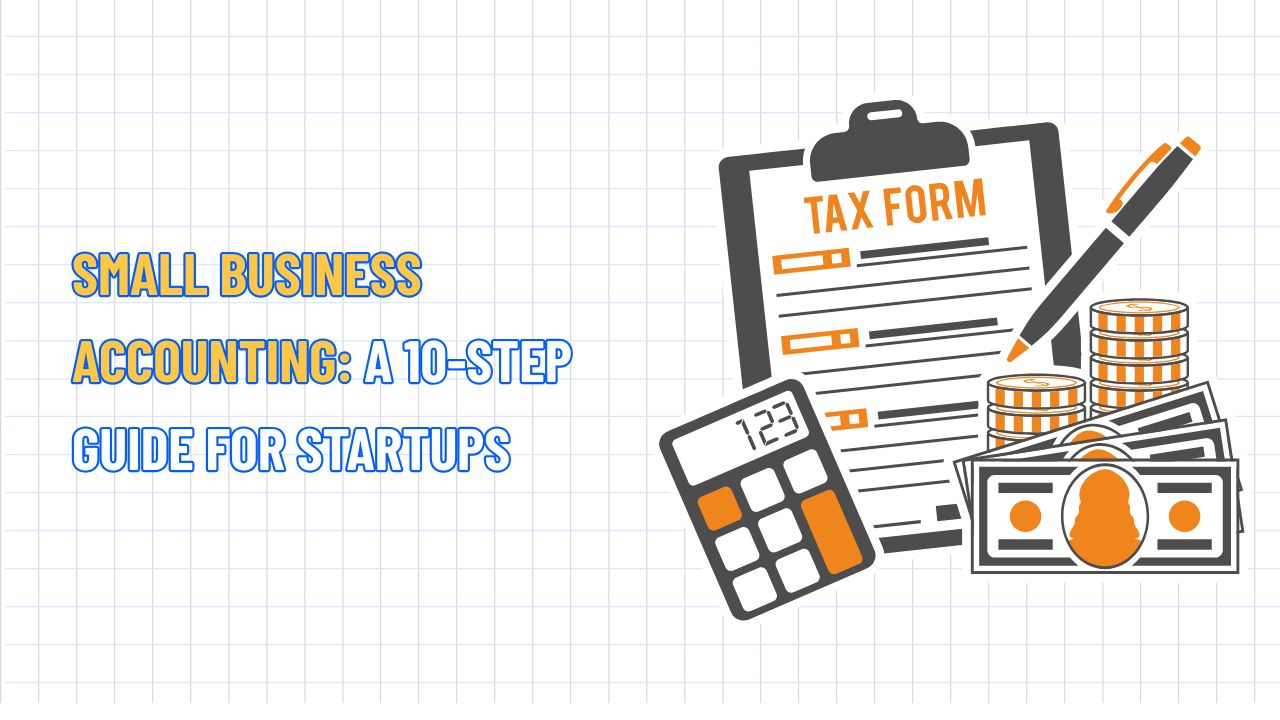Guide to Building an Effective Business Contingency Plan
Table of Contents Hide
Are you running an e-commerce business and worried about unexpected incidents like website crashes, suppliers stopping deliveries? A business contingency plan is the “shield” that helps you overcome crises, maintain operations, and protect your reputation. In this guide, let’s NextSky build an effective plan with examples suitable for businesses.
What is a business contingency plan?
A business continuity or emergency response plan is critical to restoring normal operations quickly during unexpected disruptions. It’s designed to address risks like natural disasters, data loss, system failures, cyberattacks, or sudden shifts in customer demand.
To build an effective plan, ask “what-if” questions to envision worst-case scenarios:
- What if a critical asset fails, halting production?
- What if multiple key employees leave simultaneously?
- What if a major supplier’s country faces a crisis?
A comprehensive continuity plan prioritizes risks, assigns clear responsibilities, and enhances adaptability and recovery post-crisis.

Step-by-step guide to building a business continuity plan
You don’t need to be an expert to create an effective continuity plan. Follow these five steps to establish a solid foundation for handling risks:
1. Identify potential risks
Gather your team leadership, department heads, and operations staff to list all possible risks. Common risks include:
- Natural disasters: Storms, floods, or earthquakes disrupting offices or warehouses.
- Technology failures: Website crashes, cyberattacks, or payment system issues.
- Supply chain disruptions: Suppliers stopping deliveries or raw material shortages.
- Market changes: Sudden drops in customer demand or new competitor products.
- Personnel issues: Key employees leaving or labor shortages during critical times.
Evaluate each risk based on:
- Likelihood: How probable is the risk?
- Impact: How severe would the damage be if it occurs?
Example: For an online store, a website outage is often rated “high risk” due to its likelihood and direct impact on revenue.
2. Conduct a business impact analysis (BIA)
A Business Impact Analysis (BIA) identifies your business’s “backbone” and measures the consequences of disruptions. Ask:
- Which systems are critical to revenue generation?
- How much financial loss would a 24-hour website outage cause?
- Could the issue erode customer trust or lead to legal risks?
Example: A BIA might show that a one-day website outage could cost 20% of revenue and damage customer trust.
3. Develop a detailed response plan
For each significant risk, create a clear plan including:
- Activation conditions: When is the plan triggered? For example, website downtime exceeding 15 minutes or a storm warning within 50 km.
- Response actions: Specific steps, like switching to a backup server, notifying customers, or sourcing alternative suppliers.
- Responsibility assignment: Use the RACI model (Responsible, Accountable, Consulted, Informed) to clarify roles.
- Communication strategy: Prepare how to inform employees, customers, and partners to avoid misinformation.
- Timeline: Divide actions into immediate (within 1 hour), short-term (1–3 days), and long-term (weeks/months).
Tip: Group similar risks to save effort. For example, a website crash plan can apply to cyberattacks as well.
4. Secure approval and allocate resources
Present the plan to leadership or, for small businesses, evaluate it yourself. Consider:
- What’s the cost of implementing the plan?
- What’s the potential revenue or reputation loss without it?
A data breach, for instance, can cost an average of $4.45 million (IBM, 2023). Investing upfront is far cheaper than crisis recovery.
5. Test and update regularly
A plan is only effective if tested and refined:
- Conduct periodic tests: Run simulations, like a website crash, to check response speed.
- Evaluate performance: Note strengths and weaknesses after each test.
- Update regularly: Revise annually or after significant changes, like market expansion or new product launches.

Why your business needs a contigency plan
No one wants to dwell on worst-case scenarios, but they can strike anytime. A continuity plan helps you navigate challenges and offers practical benefits:
- Saves time and money: Quick responses reduce downtime, preventing revenue loss or high recovery costs. A 2023 IBM study estimates average data breaches cost $4.45 million globally.
- Protects reputation: A professional response maintains customer and partner trust.
- Boosts confidence: Employees, customers, and investors feel secure knowing you’re prepared.
- Meets regulations: Some industries require continuity plans to comply with standards like NIST.
- Seizes opportunities: Crises can create openings, like gaining market share when competitors falter.
Read more: Business Model vs. Business Plan: What You Need to Know
Continuity plan vs. other concepts
Compared to risk management:
Risk management focuses on foreseeable, localized risks at a project or department level, like listing risks, monitoring progress, or addressing minor technical issues. A continuity plan takes a broader view, preparing for major disruptions that could halt operations, like backup operations for a week-long factory power outage or data recovery after a cyberattack.
Compared to crisis management:
A continuity plan is proactive, outlining scenarios, assigning tasks, and preparing resources like a “shield” you hope not to use but need when crises hit. Crisis management kicks in after a disruption, requiring swift, decisive actions to minimize damage, like holding a press conference within two hours of an incident to reassure the public.
Detailed continuity plan examples
A continuity plan is a “lifeline” during crises. Below are three common scenarios with actionable checklists for immediate implementation.
Power or network outage
Impact on users:
- Website/app downtime prevents purchases or service access.
- Hours of disruption can cost millions in revenue and harm brand reputation.
Action checklist:
- Set up backup generators and a secondary internet provider contract.
- Define RTO (Recovery Time Objective): Maximum downtime allowed (e.g., minutes).
- Set RPO (Recovery Point Objective): Data recovery must be current (e.g., no data loss beyond the last 15 minutes).
- Maintain a rapid response team (IT + operations) to address outages immediately.
Supply chain disruption
Impact on users:
- Delayed deliveries lead to order cancellations and loss of trust.
- Production halts affect multiple departments.
Action checklist:
- Maintain a list of 2–3 backup suppliers for critical materials.
- Sign contingency contracts for quick supplier switches.
- Monitor geopolitical and natural disaster news in key supply regions.
- Develop flexible transport plans (e.g., switch from road to sea/air if needed).
Customer data breach
Impact on users:
- Leaked personal information causes customer fear, lawsuits, or brand abandonment.
- Businesses may face hefty fines for privacy violations.
Action checklist:
- Have a cybersecurity team on contract for immediate response.
- Encrypt data and back up regularly to secure systems.
- Establish a transparent communication process (email, social media, hotline).
- Prepare a PR plan with reassuring messages and support for affected customers.
Read more: Guide to Starting an E-Commerce Business Blueprint Success from A-Z
Common mistakes in continuity planning
A continuity plan is like a lifeboat to keep your business afloat during crises, but many organizations fall into common traps:
- Lack of leadership buy-in: Even a robust plan fails without executive support. Transparent communication and clear risk explanations build trust and ensure commitment.
- Relying only on Plan A: Many assume their initial plan will always work. A Plan B is like a weather forecast before sailing, unused but invaluable when storms hit.
- Treating it as a one-time task: Writing a plan and filing it away is a widespread error. A living plan requires regular reviews and updates to stay relevant to new challenges.
Conclusion
A business contigency plan is a vital tool to face unexpected challenges confidently. By identifying risks, analyzing impacts, and crafting clear strategies, you can protect your business and ensure smooth operations. With NextSky’s steps and examples, you can create a tailored plan to keep your business resilient, no matter what happens.










